Finding Purpose after Medicine: Statement of Intent: Cornerstones From here on, I’m keeping my key long-form, “big idea” pieces on KiwiDoc—this is my main home online. Other websites might still hold shorter notes or side projects, but the important, evergreen posts will live here so everything is easier to find. This keeps the heart of my writing in one clear place and lets all future stories link back to a strong base.
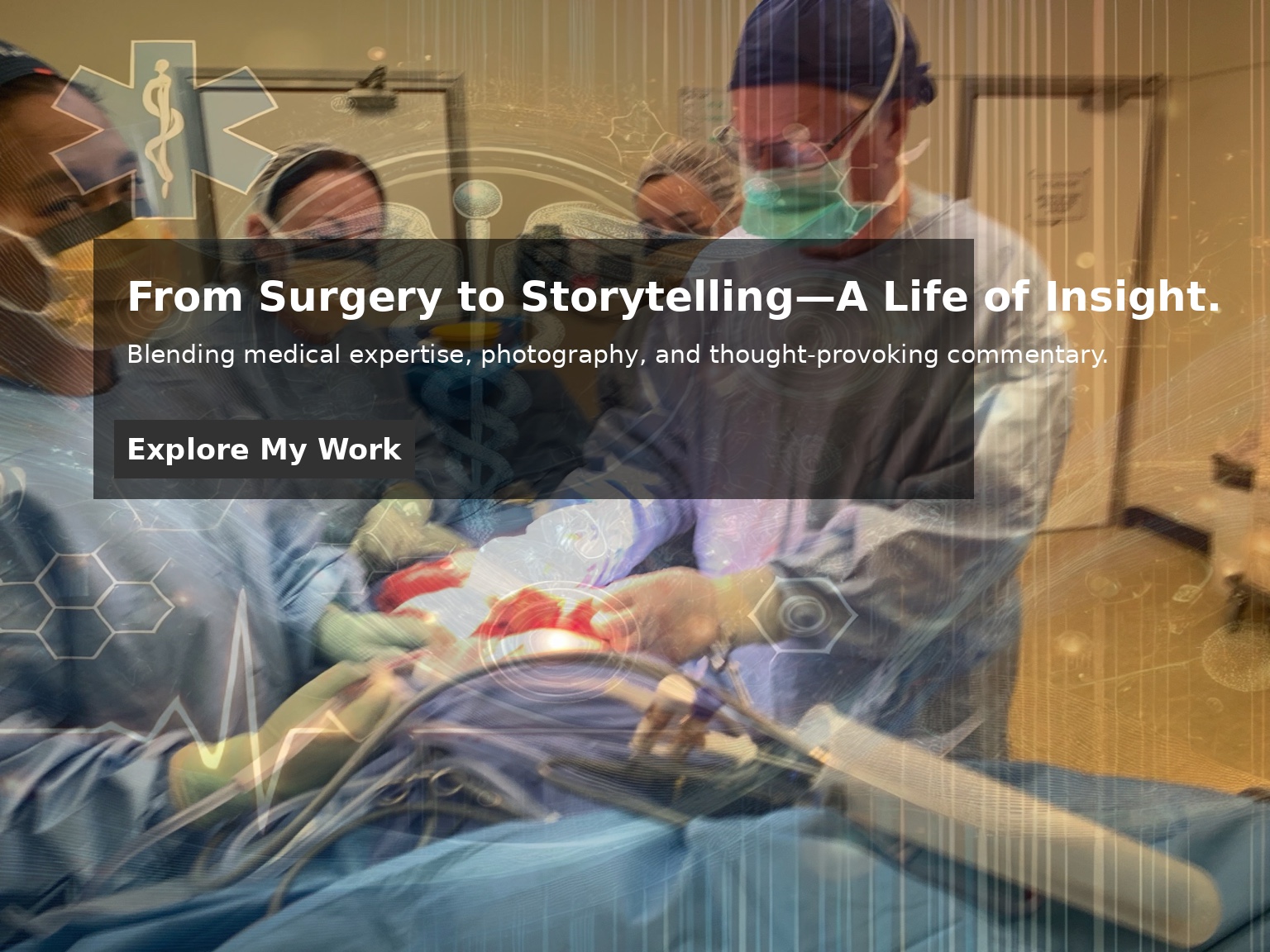
Introduction – Finding purpose after medicine and The Art of Precision and the Pause Between Phases
There’s a quiet hum that follows you home after surgery—the echo of suction, the clipped rhythm of voices, the feel of gloves peeled away. For decades, that rhythm framed my world. Each incision, each knot, each measured breath belonged to a pattern of purpose. And then, one day, it didn’t.
When the pager finally stopped, I expected relief. Instead, I found silence—a kind that vibrated in the bones. It wasn’t the silence of peace but of space; an open field asking, ‘What now?’ For months, I lived in that pause.
I’ve come to think of it as the moment between heartbeats—the fraction of stillness that lets everything reset. That pause became the start of a new kind of observation, a rediscovery of how to look, listen, and make again. I wasn’t stepping away from precision. I was carrying it somewhere else.
⸻
Chapter 1 – From Scalpel to Scope: Learning to See Again
I didn’t know, at first, that I was retraining my eyes. The transition began with a camera—a simple digital one that came along on my walks after leaving theatre. The lens became a microscope turned outward.
Surgery teaches you to see in layers: the skin, the fascia, the quiet architecture beneath. Photography works the same way. Light, shadow, timing, patience—each image is a small operation. You prepare, you focus, you wait.
Out on the coast, watching gannets dive through wind shear, I felt the same pull of concentration I’d once felt standing over a table in theatre. The difference was weightlessness—no instruments, no clock, no patient other than my own restlessness.
Bird photography drew me further in. Tracking a heron through salt grass or waiting for the shimmer of feathers at dusk was another form of practice. It asked for steadiness and compassion, two things I thought belonged only to medicine. In that stillness, I learnt that focus isn’t a skill that ends with a career; it’s a way of belonging to the world.
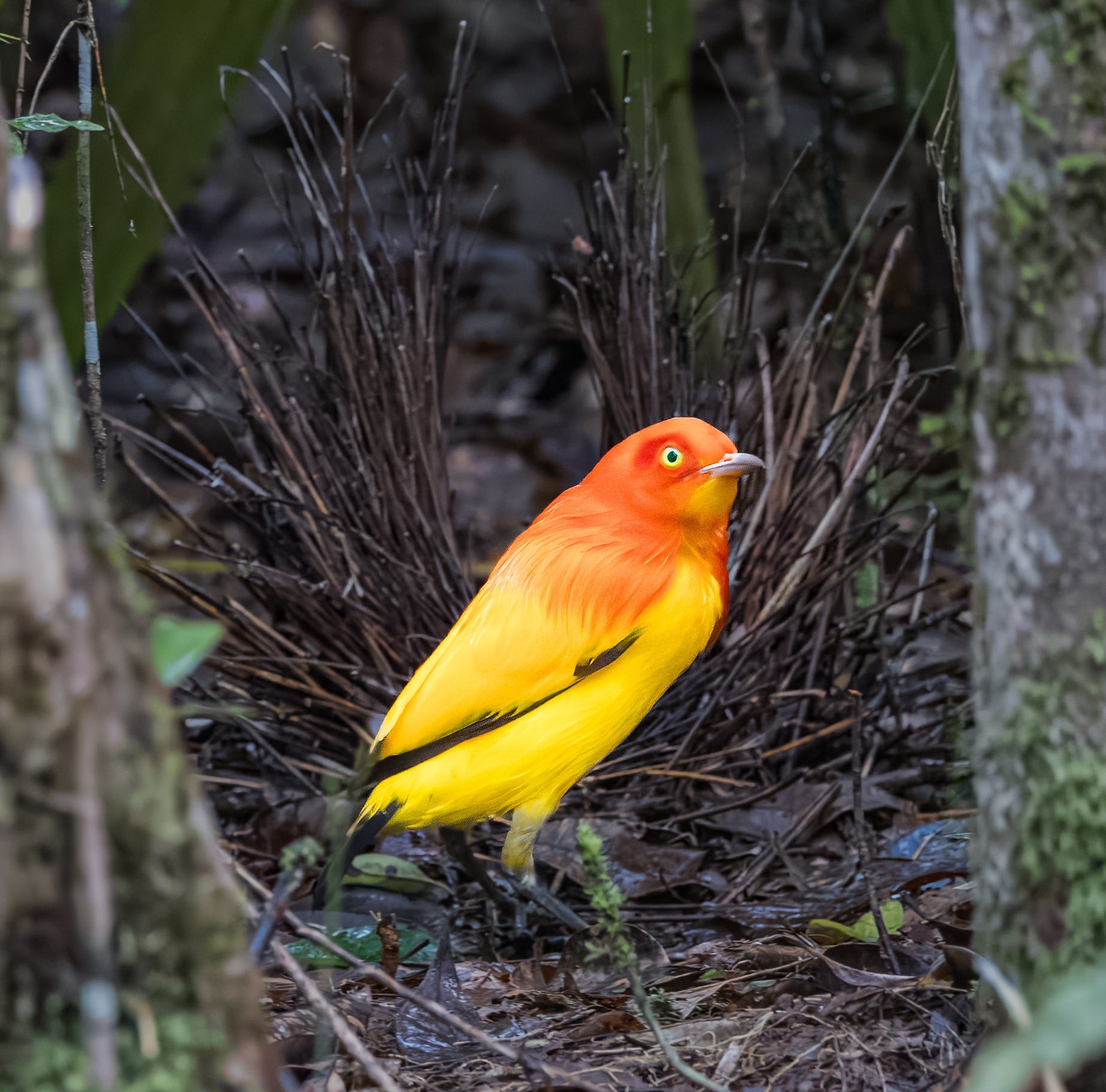
Flame Bowerbird.
⸻
Chapter 2 – Depth and Breath: Lessons from Underwater Medicine
Before photography, there was depth—literal and otherwise. Training in underwater medicine at HMS Daedalus in Portsmouth taught me that pressure is both enemy and ally. Descend too fast and you’ll rupture something delicate; rise too quickly and you’ll tear what’s unseen.
Those years diving in the Red Sea , The Maldives and later in the Pacific taught me to read silence differently. Underwater, every movement costs oxygen. You learn economy: one breath, one decision, one outcome. The body’s physiology becomes a map of restraint.
Now, when I kneel beside a tide pool with a camera or wait for a Kingfisher to return to its perch, I find that same measured breath. The discipline of depth still guides me, only now it’s used to explore patience rather than pathology.
Chapter 3 – The Wild Laboratory: Farming, Wildlife, and the Freedom of Land
When I returned to the East Coast and began my consultant surgical career, we converted a dairy unit to a deer farm. There was a learning curve in deer farming in Gisborne,.It surprised me how familiar the rhythm felt. There’s an odd overlap between managing a herd and managing a surgical list. Both require timing, observation, and an understanding that systems behave best when gently guided rather than forced.
On the farm, precision turned to pattern recognition. I learnt to read the weather in the lean of grass, the way light shifted across the valley, the pulse of insects before rain. The paddocks became my laboratory, the animals my quiet colleagues.
In theatre, I used to gauge health by tissue colour and tone; on the land, I looked for it in coats and pasture, in the shine of water under sky. It’s the same instinct—diagnosis by intuition built on experience. The farm reminded me that observation isn’t sterile. It’s sensual. Thus it is so easy really in finding purpose after medicine.
Sometimes I’d set the camera on a fencepost and watch the deer move through morning fog. Each frame, each breath of light, taught me that control is not mastery—it’s relationship.
⸻
Chapter 4 – Adventure as Anatomy: Rebuilding Curiosity
My career once revolved around anatomy; now, I find it in landscapes. Travelling the planet, skiing the slopes near Wānaka, chasing game fish over Pacific water—all these became lessons in structure, rhythm, and balance.
A surgeon studies form; a traveller studies variation. Both require curiosity, both reward humility. When you hook a marlin or descend a mountain, you learn the same truth: mastery is temporary, awareness is everything.
These journeys reignited the student in me. I began to see the world not as escape but as extension—the same curiosity that once dissected an artery now tracked the flight of a falcon or the light across a ridge. Adventure, like anatomy, is the study of connection. And operative surgery required learned detail step by step, situational awareness, technical skill and knowhow and evolution in practice.
⸻
Chapter 5 – Crafting New Tools: Building Stories and Websites
At some point, creation became digital. I started building websites—first out of necessity, then fascination. The screen felt like a new surgical field: a clean workspace where elements needed careful alignment, clarity, and a sense of rhythm.
Coding and content design demanded the same patience as suturing. Each small adjustment could ruin or repair flow. It was craft, not code, that drew me in—the same pleasure in neat joins, balanced spacing, and elegant solutions.
Through Kiwi Doc and Aotearoa Wild, I realised I was constructing not just sites but a living anatomy of ideas: one half reflecting, the other expressing. Together, they map the ongoing evolution of a life in focus, enabling my theme of finding purpose after medicine.
⸻
Chapter 6 – The Healing Eye: Rewriting the Role of the Healer
Healing never really ends; it only changes medium. I no longer hold instruments, yet the impulse remains—to steady, to understand, to restore. The difference is that now the patient is perspective itself.
Through writing, photography, and simple observation, I try to mend the fracture between doing and being. The lens is my stethoscope; the light, my pulse. Each image, each paragraph, is a small act of attention, and attention is what heals.
Sometimes people ask if I miss the theatre. I tell them no, not exactly. I miss the teamwork, the focus—but I’ve found them again in other forms: a group of photographers waiting for dawn, a pair of hands steadying a tripod, a moment of shared breath before the shutter clicks. Finding purpose after medicine should not be hard.
⸻
Conclusion – Evolution, Not Retirement
If there’s one thing medicine teaches, it’s that every system adapts. The same is true of people. What looks like retirement from one angle is simply regeneration from another. The reality is finding purpose after medicine.
I used to measure success by precision; now, I measure it by presence. The two are not opposites—they’re phases of the same practice. Surgery trained my hands to heal; photography trains my eyes to notice. Both keep me in conversation with life. It takes a couple of years to learn to operate and a lifetime to learn when not to operate. “Prof. Bill Isbister”
For anyone standing at the edge of a long career, uncertain of the next step: pause, listen, and follow curiosity. Evolution doesn’t ask you to abandon what you were; it invites you to become what you’ve always been learning to be.
“To see how this evolution continues through light and landscape, visit Aotearoa Wild — the visual companion to this journey.”
⸻
John Kyngdon
Retired Surgeon with years of experience internationally, conflating these experiences with wildlife photography and travel.
Previous
What Freedom Feels Like After Medicine : Finding a Sandpiper
Leave a Reply
Logged in as John Kyngdon. Edit your profile. Log out? Required fields are marked *
Comment *
John Kyngdon
Retired Surgeon with years of experience internationally, conflating these experiences with wildlife photography and travel.
Previous
What Freedom Feels Like After Medicine : Finding a Sandpiper
Leave a Reply
Logged in as John Kyngdon. Edit your profile. Log out? Required fields are marked *
Comment *
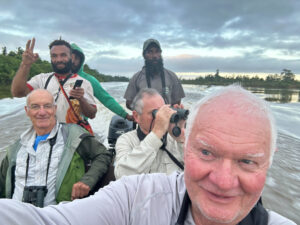
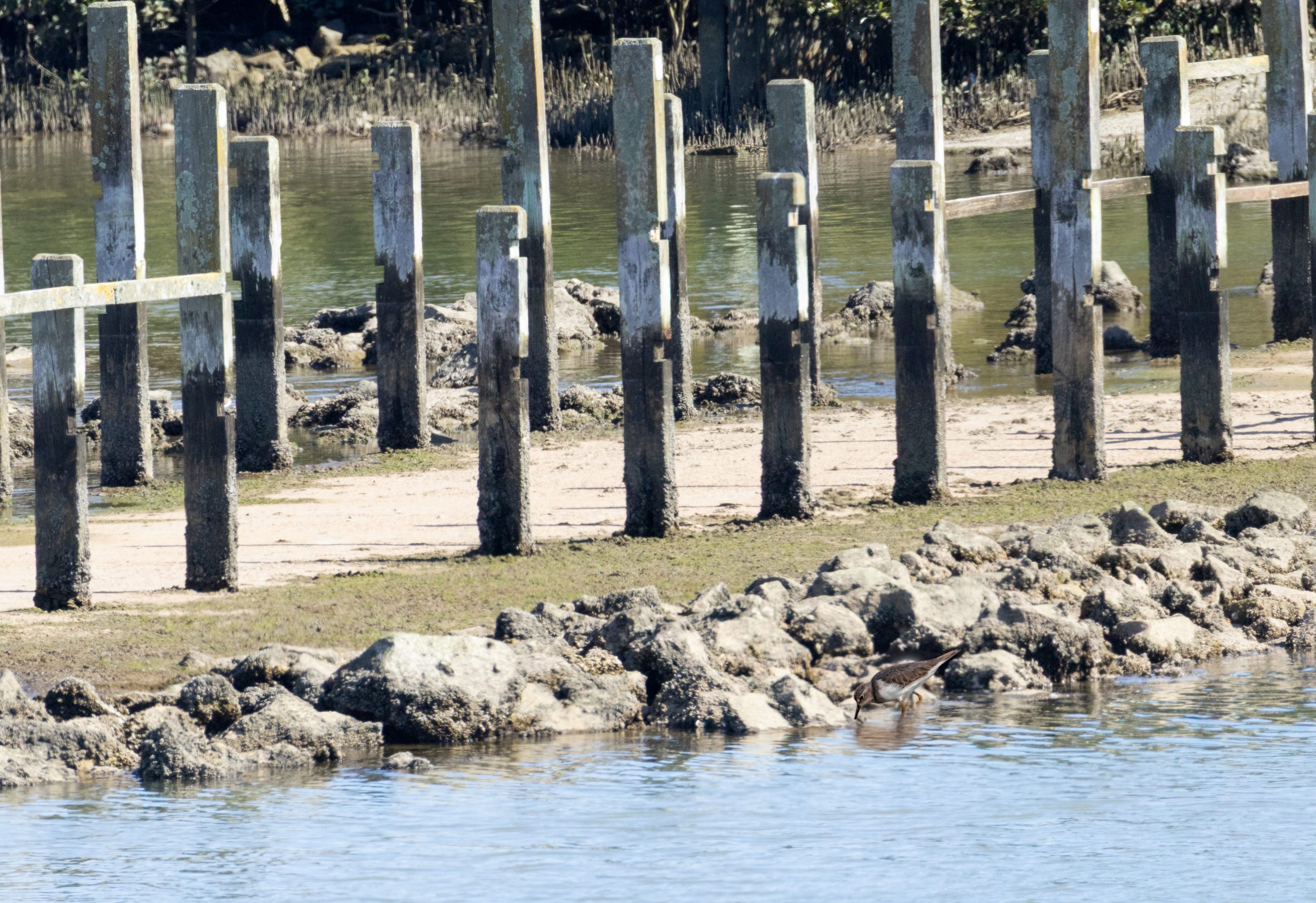
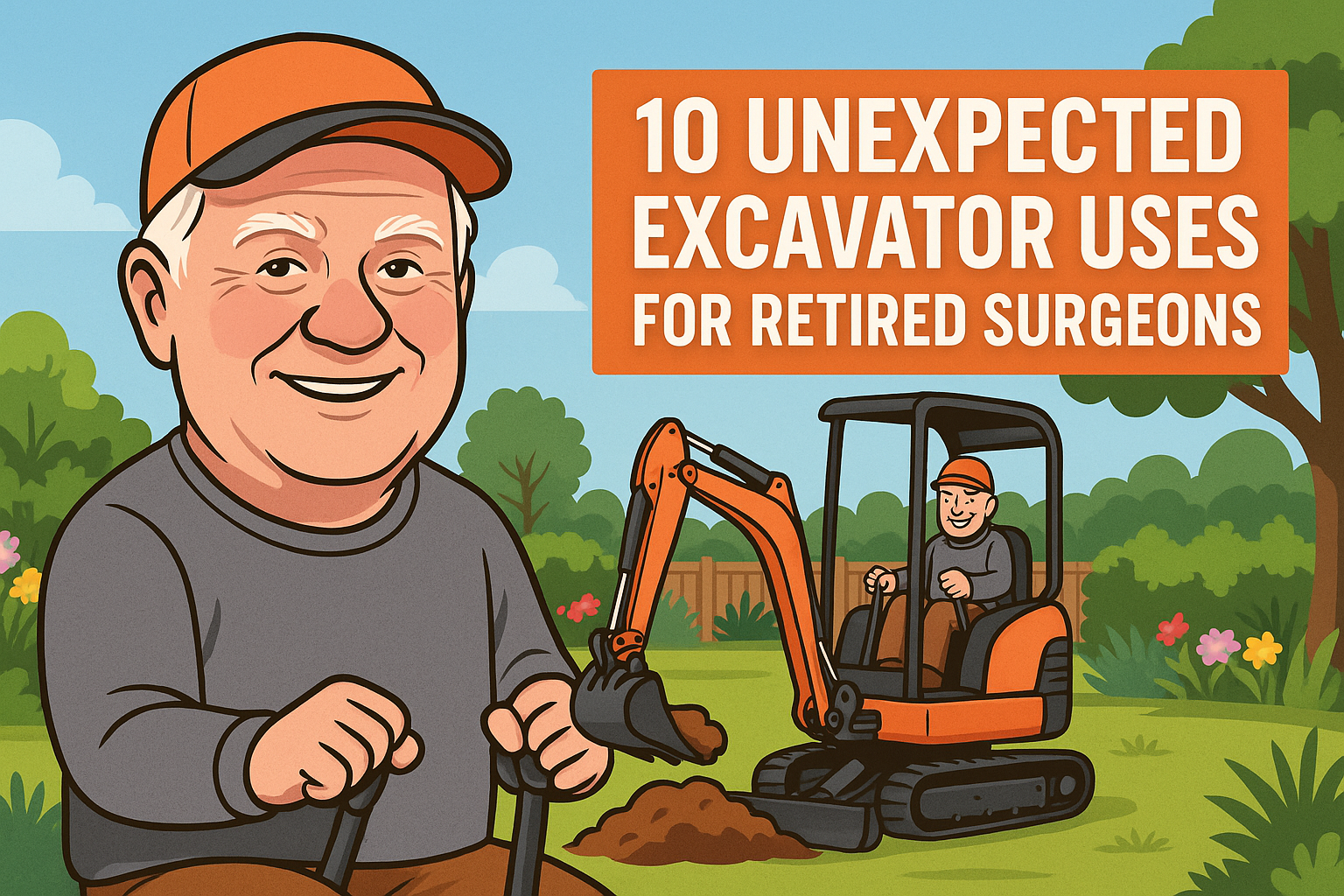
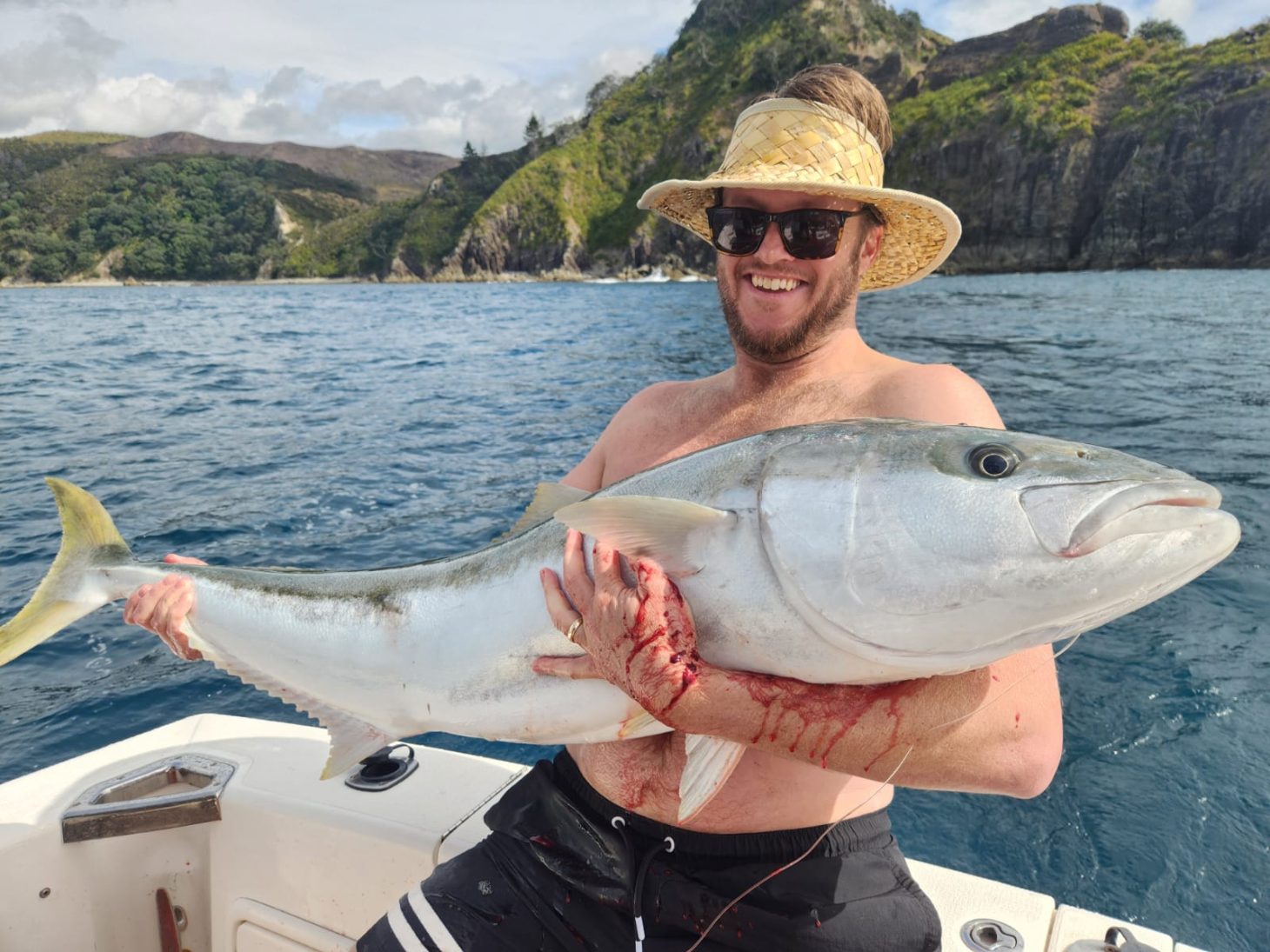
Leave a Reply